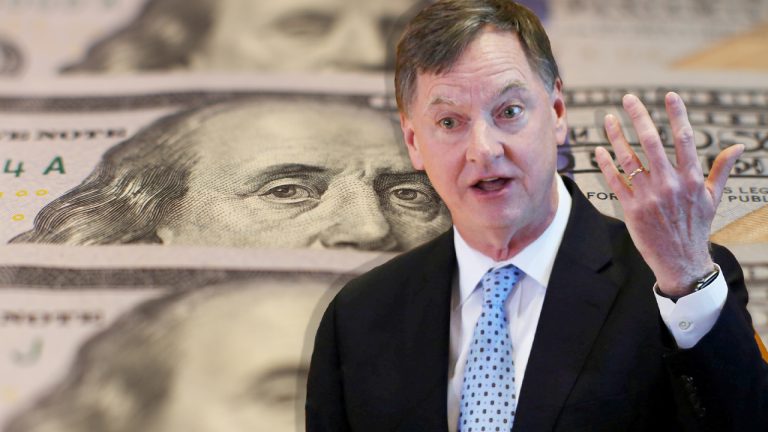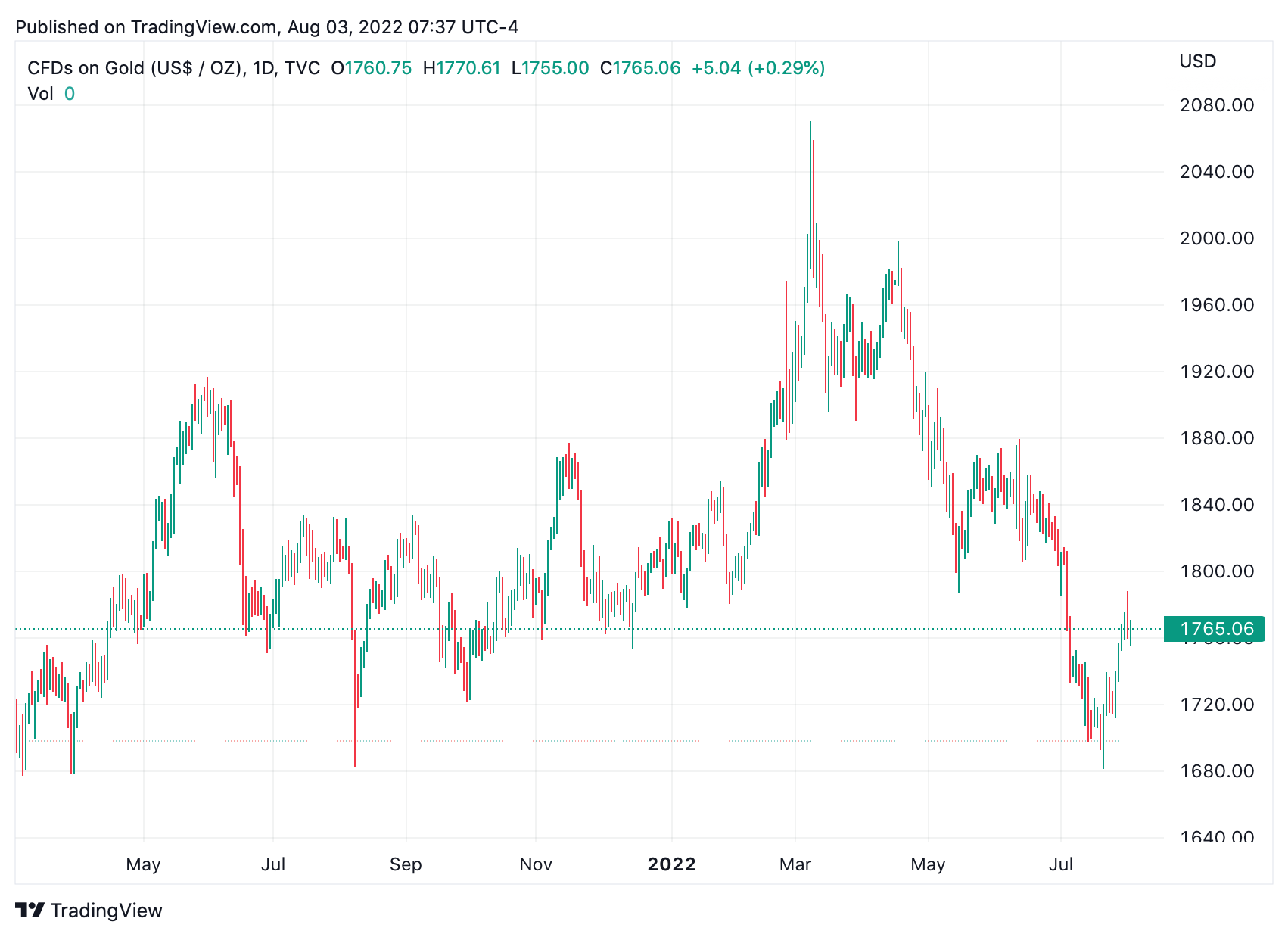
Several reports detail that U.S. Federal Reserve officials are resolute on tightening monetary policy and increasing the federal funds rate until inflation in America is alleviated. Chicago Fed president Charles Evans explained on Tuesday that the central bank would likely keep up the larger than usual rate hikes until inflation is remedied.
The Fed Is ‘Nowhere Near’ Done When It Comes to Tighter Policy, Central Bank Has Not Seen a ‘Turn in Inflation’
The Federal Reserve is in a predicament as inflation in America is the highest its been since the 1980s. On Tuesday, a report quoting three members of the U.S. central bank indicates that the Fed’s policymakers are still convinced more rate hikes are needed to tame the country’s rising inflation.
San Francisco Fed president Mary Daly explained during a Linkedin interview “we are still resolute and completely united” in getting inflation down. Daly stressed the Fed was “nowhere near” done as far as implementing monetary policy measures and in terms of fighting inflation, she said the central bank still has “a long way to go.”
“My modal outlook, or the outlook I think is most likely, is really that we raise interest rates and then we hold them there for a while at whatever level we think is appropriate,” Daly remarked. Cleveland Fed president Loretta Mester’s opinion was similar, as she told the Washington Post (WP): “we have more work to do because we have not seen that turn in inflation.”
Chicago Fed president Charles Evans shared his opinion this Tuesday as well. Evans explained to reporters that the Fed would likely continue large interest rate increases until inflation is down. While he spoke about larger than usual rate hikes in the 75 bps range, Evans also clarified that a 50 basis point rate hike could still happen.
“If you really thought things weren’t improving… 50 bps is a reasonable assessment, but 75 bps could also be okay. I doubt that more would be called for,” Evans said. Amid the hawkish statements from the Fed members on Tuesday afternoon (EST), cryptocurrencies, stocks, and gold markets dropped in value. The U.S. dollar, on the other hand, has strengthened against the Japanese yen and other major fiat currencies after a brief downturn.
Volatility Strikes Equities, Gold, Cryptocurrencies
By the closing bell on Tuesday, all of the major stock indexes were down, including the Dow Jones Industrial Average, Nasdaq, NYSE, and the S&P 500. Cryptocurrency markets also shed some gains and the market capitalization is hovering just above $1.13 trillion. Bitcoin (BTC) slipped under the $23K per unit zone and ethereum (ETH) dropped under $1,600 per coin on Tuesday.
During the course of the day on Tuesday, both leading crypto assets managed to climb back above those regions. The following day on August 3, the entire crypto economy is up just over 2%. Equities and the crypto economy have started showing a bit more volatility as tensions rise between China and Taiwan. Gold is also down this month as one ounce of fine gold exchanged hands for $1,810 per unit on July 1, and today gold is trading for $1,765 per unit.

Analysts say gold’s recent slide is due to a strong U.S. dollar as the DXY index charts show the greenback remains robust after it dropped last week. “Gold pared gains after Wall Street became optimistic that tensions between the two world’s largest economies would get out-of-hand,” OANDA’s senior market analyst Edward Moya told Kitco News. “A strong dollar is also weighing on gold, as the greenback’s pullback over the past couple weeks appears to be over.”
What do you think about the statements from various Fed members and the market reaction following the hawkish commentary and tensions between China and Taiwan? Let us know what you think about this subject in the comments section below.
via Jamie Redman


0 comments:
Post a Comment